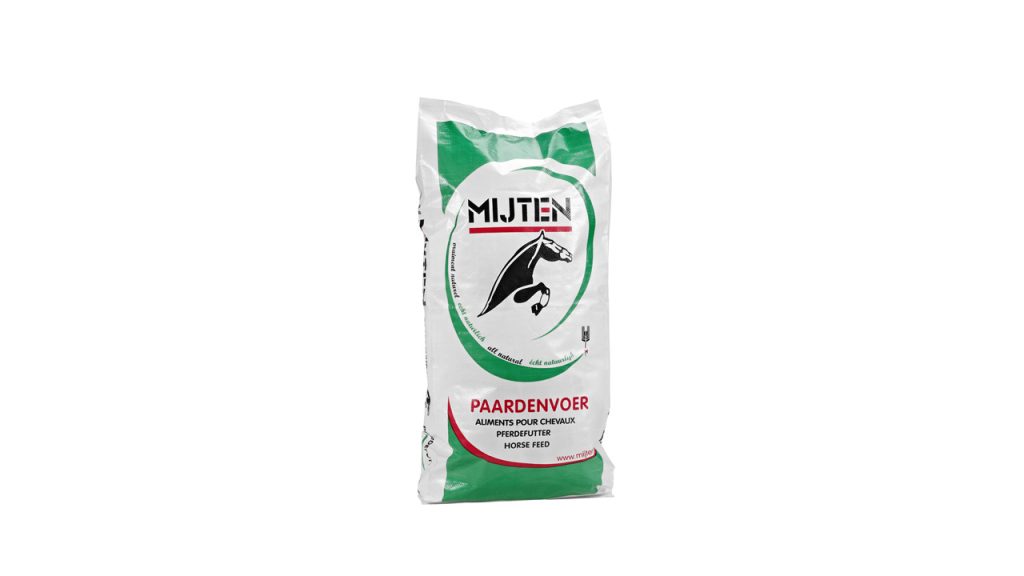
The packaging industry is constantly evolving, with BOPP Laminated Woven Bags and Multi-Wall Woven Bags emerging as key players in the sector. This article will dissect the distinctions between these two types of bags,探讨 their social impact and economic benefits, and highlight the environmental friendliness of using PP recyclable materials. We will also delve into the future trends of woven bags in environmental protection, including the establishment of systematic recycling systems and the adoption of innovative biodegradable materials.
BOPP Bags Manufacturer and BOPP Woven Bags Supplier play a crucial role in providing sustainable packaging solutions that meet the demands of modern industries.
Distinctions Between BOPP Laminated and Multi-Wall Woven Bags
BOPP Laminated Woven Bags are known for their enhanced barrier properties, which make them ideal for packaging products that require protection from moisture, UV rays, and other environmental factors. These bags are laminated with a biaxially oriented polypropylene (BOPP) film, which adds a layer of protection and strength.
On the other hand, Multi-Wall Woven Bags are constructed with multiple layers of woven fabric, providing superior strength and durability. These bags are often used for heavy-duty applications and are known for their ability to withstand harsh conditions during transportation and storage.
Social Impact and Economic Benefits
The use of BOPP Laminated Woven Bags and Multi-Wall Woven Bags offers significant social and economic benefits. These bags are made from PP, a material that is recyclable and thus contributes to a circular economy. By using these bags, industries can reduce their environmental footprint while also benefiting from the cost-effectiveness of PP materials.
Environmental Friendliness and Future Trends
The environmental benefits of using PP in Block BOPP Bags and other woven bags are manifold. PP is a lightweight material that reduces transportation costs and fuel consumption, thereby reducing CO2 emissions. Moreover, the recyclability of PP means that these bags can be repurposed, reducing waste and the need for raw materials.
Looking to the future, the trend in woven bag manufacturing is moving towards more sustainable practices. This includes the development of systematic recycling systems that allow for the easy collection and processing of used bags. Additionally, the industry is exploring the use of biodegradable materials that can break down naturally at the end of their lifecycle, further reducing the environmental impact of packaging.
Product Parameters Table
| Feature | Description | Specification |
|---|---|---|
| Material | Polypropylene (PP) with BOPP lamination for enhanced protection | Laminated Woven Bags |
| Layers | Multiple layers of woven fabric for added strength and durability | Multi-Wall Woven Bags |
| Recyclability | Made from PP, a material that is easily recyclable | Both |
| Barrier Properties | BOPP film provides a barrier against moisture and UV rays | BOPP Laminated Bags |
| Strength | Multi-layer construction withstands heavy loads | Multi-Wall Woven Bags |
| Environmental Impact | PP is lightweight and recyclable, reducing environmental footprint | Both |
Conclusion
The distinction between BOPP Laminated Woven Bags and Multi-Wall Woven Bags lies in their construction and specific applications. Both types of bags offer significant advantages in terms of strength, durability, and environmental friendliness. As the industry moves towards more sustainable practices, the use of PP in woven bags will continue to grow, with a focus on recyclability and the development of innovative materials that minimize environmental impact. The future of woven bags is not only about protecting products but also about protecting the planet.
This blog post explores the differences between BOPP Laminated Woven Bags and Multi-Wall Woven Bags, emphasizing their social and economic benefits, and the environmental advantages of using PP recyclable materials. It also discusses future trends in the industry, including the development of recycling systems and the use of biodegradable materials.